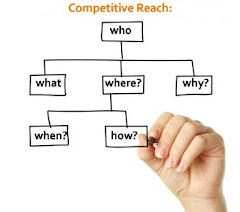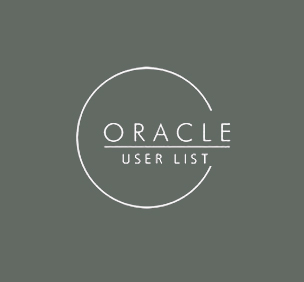Business-to-business marketers segment data to arrive at clusters of like-minded prospects/customers. This data help marketers to pin-point marketing/sales plan to focus on the customers "most likely" to respond your offers. Relevant data to maintain good response rates from email promotions and from direct mail campaigns.
Segmentation begins with the identification and collection of vital points around the customer. Information about the customer must cover relevant customer touch point that's relevant to the business. Here are the five
Financial:
Revenue generated (transaction)from each customer is a good measure to weigh each customer's worth. Segments based on revenue can be used effectively to retain and bring more business from customers.
Demographic:
Describe your customers on the basis of age, sex, income, ethnicity, marital status, family size, ciy size, dwelling, education, and occupation.
Geographic:
Describe the location details of your customer (city, state, ZIP code, county, region,)
Psychographic:
Describe customers in terms of distinct personality traits
Behavioral:
Track the customer's purchase, online behavior. Based on purchase trends, you can suggest other products.
Train your in-house team to segment your customer data and use it to craft effective marketing strategy. This will give you the riis the first step towards personalized marketing. Through selective marketing you can:
- Differentiate products/services most suitable to your costumes
- Improve your market position
- Customize product offering and pricing strategy to fit the markets
- Concentrate on promoting most profitable product/service line
- Focus your marketing and selling effort on high ROI segment
Marketers often use segments to get the right message to the right target audience
If you haven't done segmentation, then it's time to pull up your socks to learn data segmentation. In case you need any assistance or support, please contact us with your requirement















